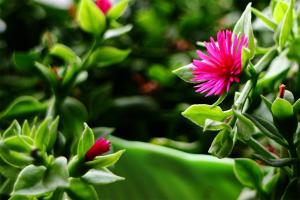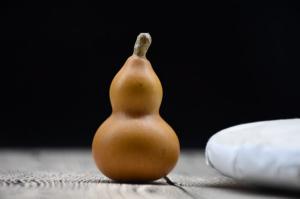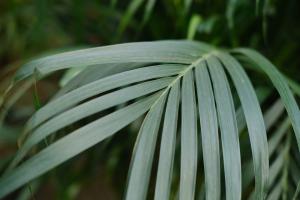When to Plant Bearded Iris
Bearded irises are beautiful flowers that attract attention wherever they are planted. They are available in a variety of colors, sizes, and shapes, making them a perfect choice for any garden or landscape. If you want to add bearded irises to your collection, it's essential to know when to plant them. In this article, we will discuss the best time to plant bearded irises to ensure their longevity and ensure a stunning display of color and beauty in your garden.
Best Time to Plant Bearded Iris
Bearded irises are best planted in the late summer or early fall, usually from July to September. Planting during this time allows the rhizomes to establish themselves before the winter months. Irises are dormant during the winter, and planting them before the first frost ensures that the plants have enough time to establish their roots before the cold weather sets in. This ensures that the plants will bloom beautifully in the spring.
How to Plant Bearded Iris
Before planting bearded irises, ensure that the planting area receives full sunlight and your soil's pH is between 6.0 to 7.0. The area should also have good drainage to avoid waterlogged soil, which can cause the rhizomes' rotting. Once the planting site is selected, dig a hole that is about 6 inches deep, and mix in compost or organic matter to improve the soil's quality.
When planting the rhizomes, ensure that the pointed end of the rhizome is facing upwards, while the roots are facing downwards. The rhizomes should be planted about 12 to 24 inches apart and covered with soil. Ensure that the soil is firm around the rhizomes to avoid air pockets that may cause root rot.
Be sure to water the newly planted rhizomes immediately to help the soil settle around them. Water the irises deeply once a week, especially during periods of drought, to promote healthy growth.
Caring for Bearded Iris
Bearded irises are low maintenance plants that require minimal attention. Ensure that the irises have adequate soil moisture by watering them when necessary. Deadhead the flowers regularly to encourage new blooms, and apply a slow-release organic fertilizer during the growing season to help maintain robust growth.
In the fall, after the first frost, cut back the iris leaves to about 6 inches above the ground. This promotes new growth in the spring, and it also reduces the risk of diseases and pests.
Conclusion
Bearded irises are easy to maintain and an excellent choice for any garden or landscape. Plant them in the late summer or early fall, ensuring that they have enough time to establish their roots before the winter months. Ensure the planting site receives full sunlight and has good drainage. Water the newly planted rhizomes immediately, and water them regularly during dry periods. Cut back the iris leaves after the first frost, and apply slow-release organic fertilizer during the growing season. With these tips, you can enjoy the stunning beauty of bearded irises in your garden for years to come.

 how many times do yo...
how many times do yo... how many planted tre...
how many planted tre... how many pine trees ...
how many pine trees ... how many pecan trees...
how many pecan trees... how many plants comp...
how many plants comp... how many plants can ...
how many plants can ... how many plants and ...
how many plants and ... how many pepper plan...
how many pepper plan...
































